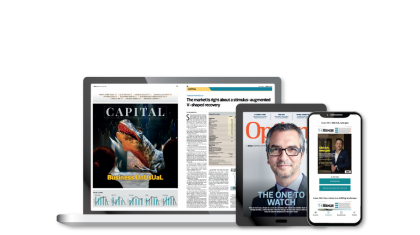
To continue reading,
Sign in to access this Premium article.
Subscription entitlements:

Less than $9 per month

3 Simultaneous logins across all devices

Unlimited access to latest and premium articles

Bonus unlimited access to online articles and virtual newspaper on The Edge Malaysia (single login)
Related Stories
- Lion Global Investors and China Merchants Fund Management collaborate on world’s first SGD-traded emerging Asia ETF
- Big reshuffle of US$71 billion ETF looms as Nvidia surpasses Apple
- Temporary pause for STI, S&P 500 as they encounter resistance






